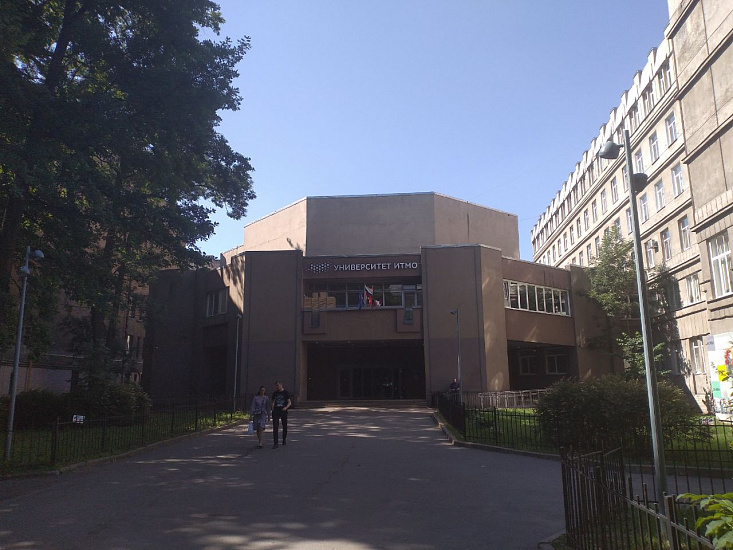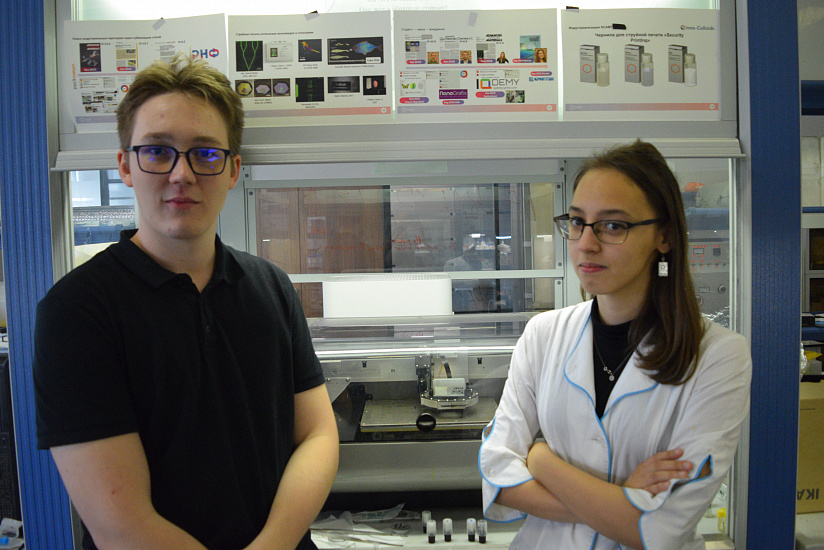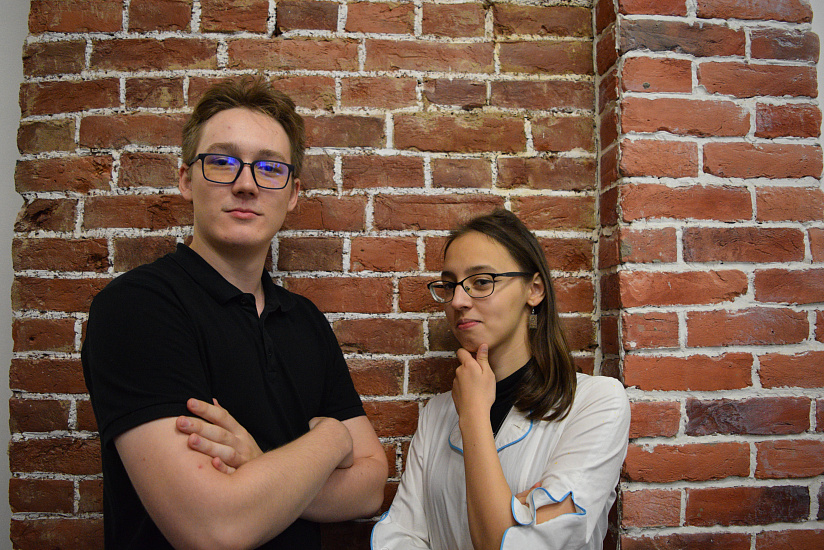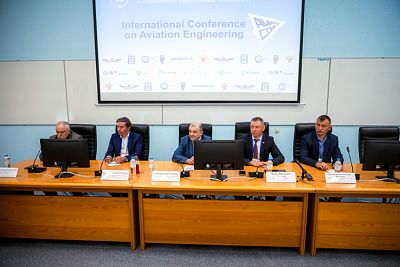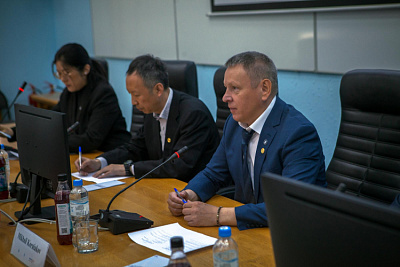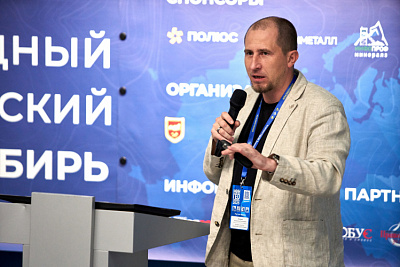Irkutsk Polytechnic students complete an internship at the SCAMT International Science Centre at ITMO University
The students are in their fourth year at Irkutsk Polytechnic in the field of nanotechnology and microsystems engineering. They do their research in the laboratory of physical properties of micro- and nanostructures under the guidance of Alina Kuzmina, associate professor at INRTU.
In order to become an intern at ITMO, Nikita and Victoria submitted a resume indicating their achievements and research interests, prepared a motivation letter, and successfully completed the competitive selection.
Internship for polytechnics took place fr om June 30th till July 30th. The students worked in the laboratory for inkjet printing of functional nanomaterials. The unit develops new ways to print objects of a size comparable to the wavelength of visible light. Tamara Pogosyan and Artyom Smirnov from the laboratory were the internship supervisors.
According to Viktoria Volosatova, they first familiarised themselves with the scientific works of their mentors, passed safety procedures, worked with reagents, studied ink characteristics, and applied ink films to different substrates.
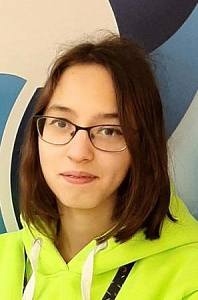
"We were asked to choose a project for scientific research. We were developing titanium dioxide waveguides with a micrometre diameter cross-section using an inkjet printer. Waveguides are an electromagnetic guide channel in which the wave propagates," says Viktoria.
They printed next to the waveguides with lasers of different ink compositions to see how light is conducted through the guiding channels. The polytechnics also created oblique waveguides and branched waveguides. Due to time constraints, the trainees did not have time to fully complete the project.
According to Nikita Svinkin, promising initiatives are being developed in the laboratory of inkjet printing and functional materials:

"For example, waveguides are needed to build elements of photonic computing, the difference being that the signal is transmitted by quanta of light rather than electrons. Such equipment would have impressive computing power.
Our work will be further developed by our mentors and we may even become co-authors of their scientific paper. In practice, we were able to gain valuable experience and work with electron, atomic force and fluorescence microscopes."
In addition, as part of the internship, the Polytechnic students took part in the SCAMT Workshop Week scientific school, which was held in English on 10-16 July. Ksenia Isakovskaya, a student of the Russian University of Chemical Technology named after D.I. Mendeleev, also joined the trainee team.
At the school, the young scientists attended a course of lectures and learned more about the activities of ITMO University. The researchers created images on holographic film - one layer in visible light, the second in ultraviolet. Such technologies are topical for development of secure printing used in printing banknotes and documents. The outcome of the educational intensification was a presentation of projects in English.
In St. Petersburg a cultural and entertaining program was organised for the children. They had a boat trip along the numerous canals of the Northern capital, visited the opera and ballet in the Mariinsky theatre, went on excursions to Peterhof, the Hermitage and the Kunstkammer.
Victoria and Nikita are currently participating in the INRTU Summer Scientific School. The project takes place on the basis of JOL "Polytechnic" on August 23-28.
Last year Nikita Svinkin and Victoria Volosatova became the winners of the All-Russian project "Your Move", they won 1 million rubles each. The Polytechnic students are also scholarship holders of the Russian President. In addition, this spring Nikita took part in the Winter School of St. Petersburg Academic University named after J.I. Alfyorov, wh ere he developed a project on nanoelectronics.
